 4 Columns
4 Columns
Heartache and horror, joy and humor, in a range of vivid, imagination-filled portrayals of Palestinian lives.
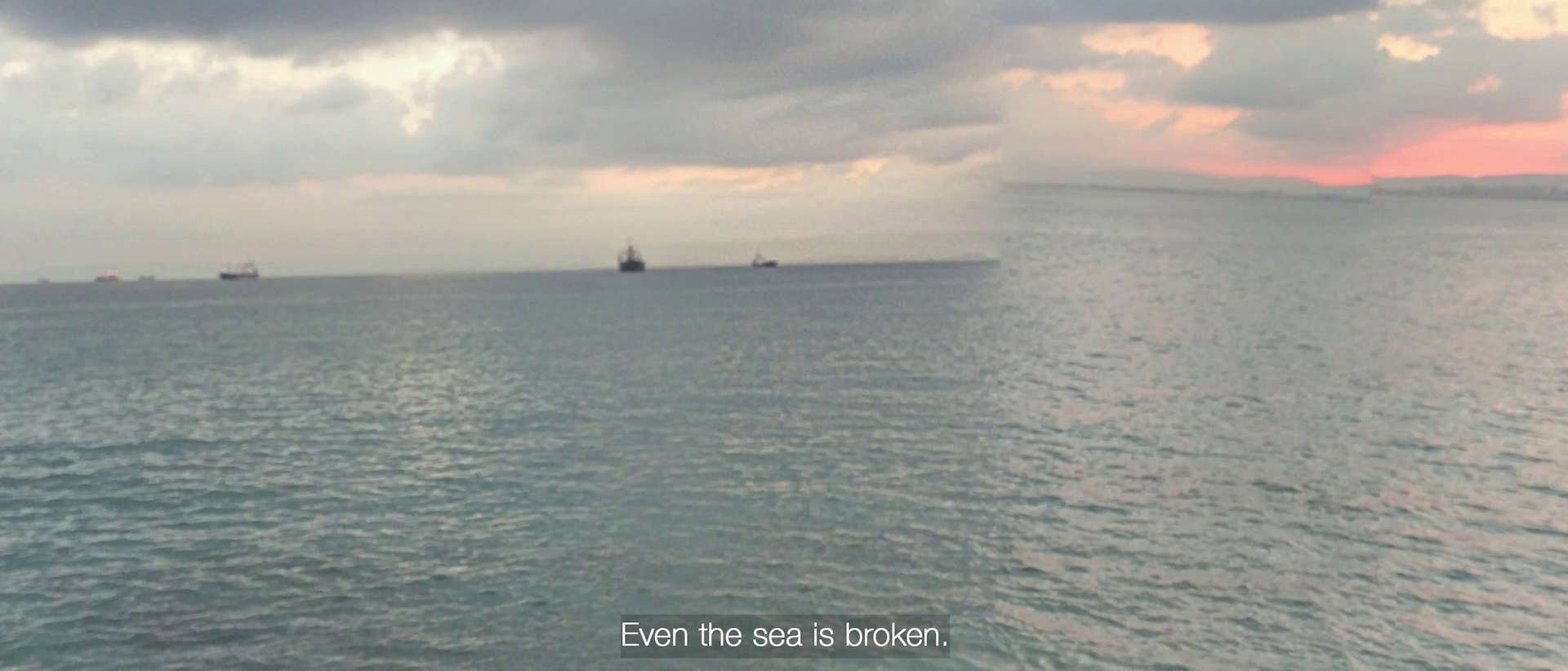
Razan AlSalah, Your Father Was Born 100 Years Old, And So Was the Nakba, 2017. Courtesy the artist and Another Screen.
“War tears, rends. War rips open, eviscerates. War scorches. War dismembers. War ruins.” While some have been called to action as images continue to circulate of worsening genocidal brutality in Gaza, for others, following online from far away, a familiar numbness can set in, a familiar desire to flinch and look away—and whether we engage in disassociated spectating or cowardly ignoring, the implication is that, to paraphrase Susan Sontag’s Regarding the Pain of Others, the violence cannot be stopped. Yet beyond the flat media feeds are complex works by writers, filmmakers, and artists from Palestine that are filled with heartache and horror but also vitality and determination, joy and humor, imagination and world-building. This week, we revisit reviews from our archives that unpack some of these fuller stories.
• • •
MINOR DETAIL, REVIEWED BY KAELEN WILSON-GOLDIE
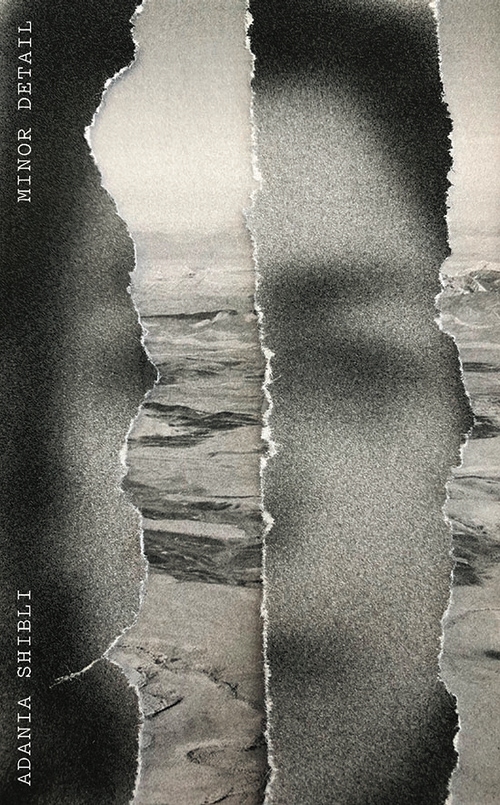
Last fall, as Israel began its ongoing razing of Gaza, the Frankfurt Book Fair canceled an award ceremony honoring Adania Shibli’s Minor Detail, a 2016 novel translated into English by Elisabeth Jaquette in 2020. Kaelen Wilson-Goldie reviewed the book for 4Columns that year with an essay revealing exactly how masterful and profound Shibli’s text is: “in the act of writing such an evocative, tightly wrought fiction, in her invention of such a complex, fighting character who is at once the victim’s double and the author’s stand-in, Shibli not only reflects the deadening conditions of occupation. She also, crucially, transcends the damage they have done.”
• • •
“FOR A FREE PALESTINE,” REVIEWED BY LINA ATTALAH
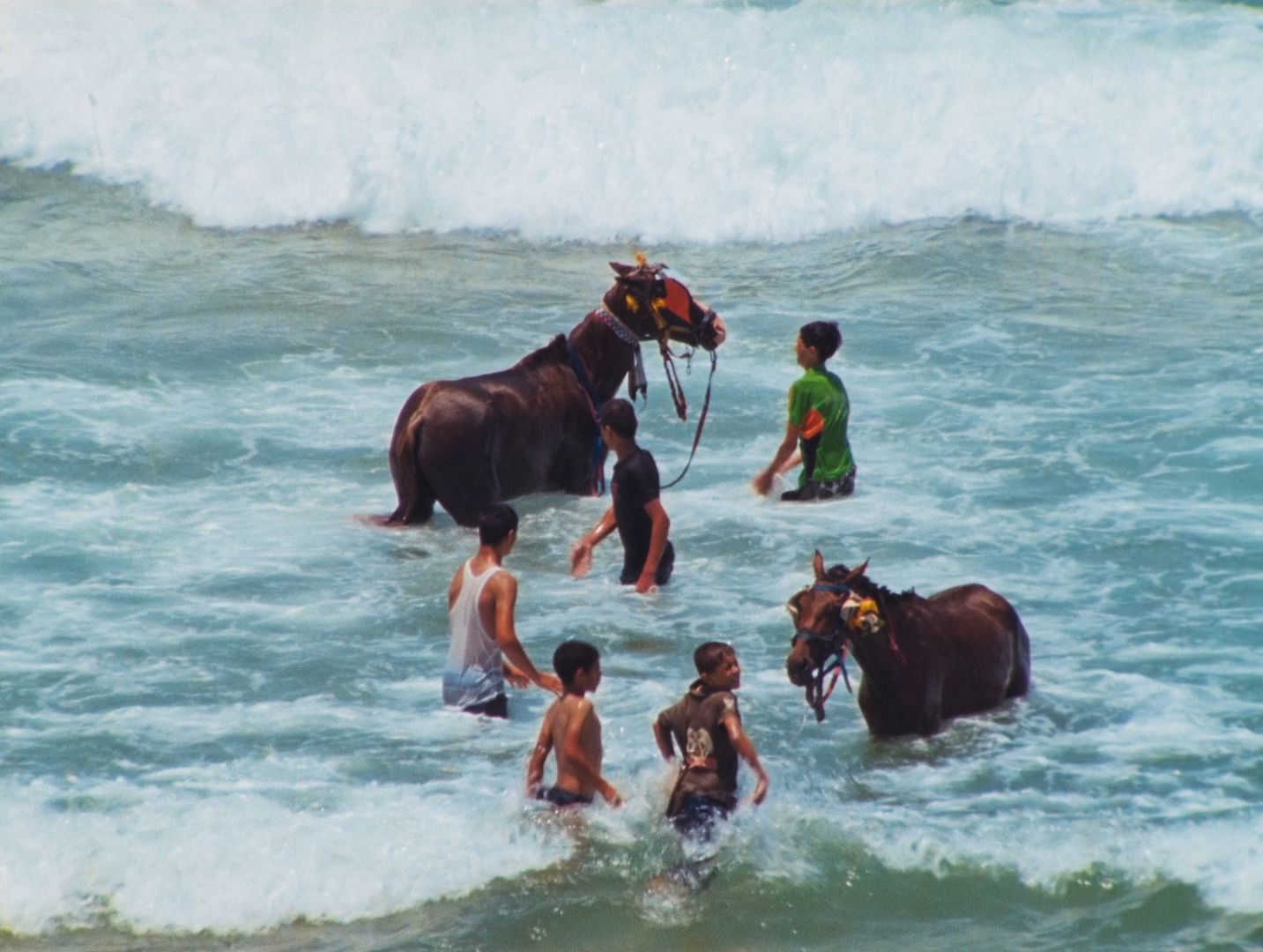
Rosalind Nashashibi, Electrical Gaza, 2015. Courtesy the artist and Another Screen.
After an earlier assault by Israel on Gaza in spring 2021 and the forced evictions of Palestinians from the Sheikh Jarrah neighborhood in Eastern Jerusalem, Daniella Shreir of Another Screen (the programming arm of the feminist journal Another Gaze) organized the online film program “For a Free Palestine” as a grassroots fundraiser. Lina Attalah reviewed the series, which she describes as giving “insight into the heterogenous configurations and textures of occupation. And, beyond the specifics of its context, the program can also be seen as a tribute to film’s capacity to reflect, and intervene into, the thickness of the present.”
• • •
BASEL ABBAS AND RUANNE ABOU-RAHME, REVIEWED BY ANIA SZREMSKI
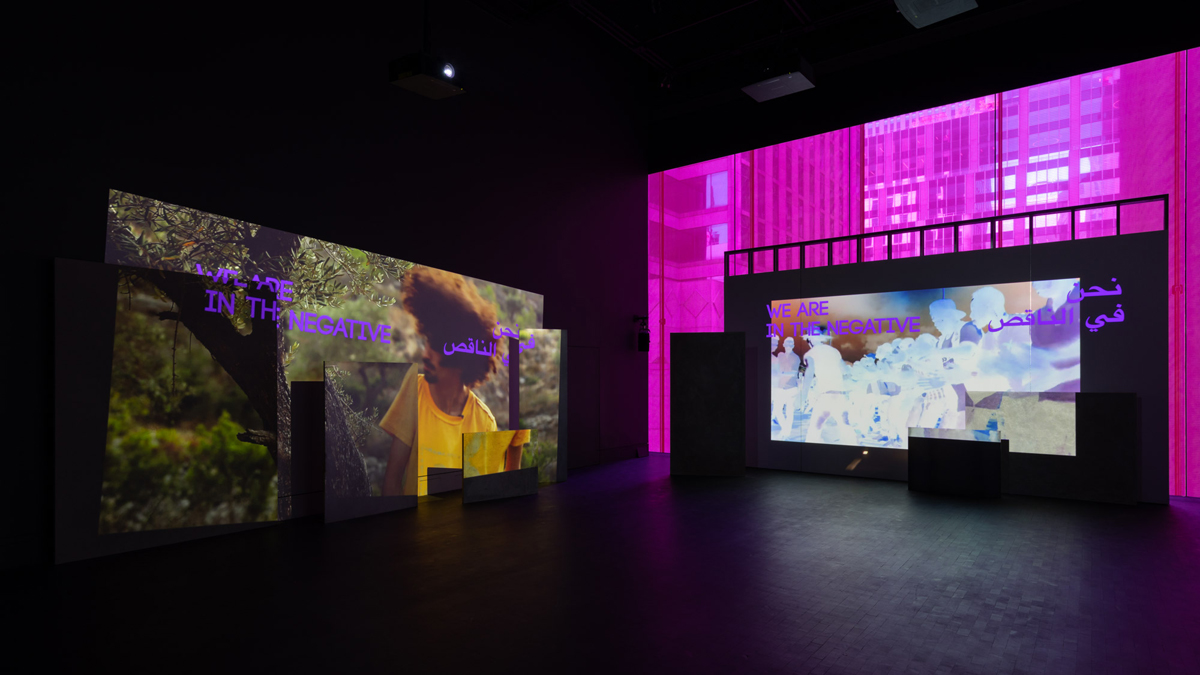
Basel Abbas and Ruanne Abou-Rahme: May amnesia never kiss us on the mouth, installation view. Photo: Jonathan Muzikar. © Museum of Modern Art.
In 2022, 4Columns senior editor Ania Szremski reviewed the artist duo Basel Abbas and Ruanne Abou-Rahme’s decade-long project May amnesia never kiss us on the mouth, based on found online recordings of people from Iraq, Syria, Yemen, and Palestine singing, playing music, and dancing. “Their purpose, according to their artist statement, is to exalt the human voice, in song, and the human body, in dance, as ‘a political act of embodiment and becoming in a moment marked by various forms of violence against entire living fabrics.’ The artists write that ‘regimes of power . . . have rendered them uncounted, inaudible,’ but these people the artists found on the internet knew they weren’t really invisible, they were as real as anyone, and they recorded themselves to be seen and heard by other just-as-real people.”
• • •
JUMANA MANNA, REVIEWED BY ANIA SZREMSKI
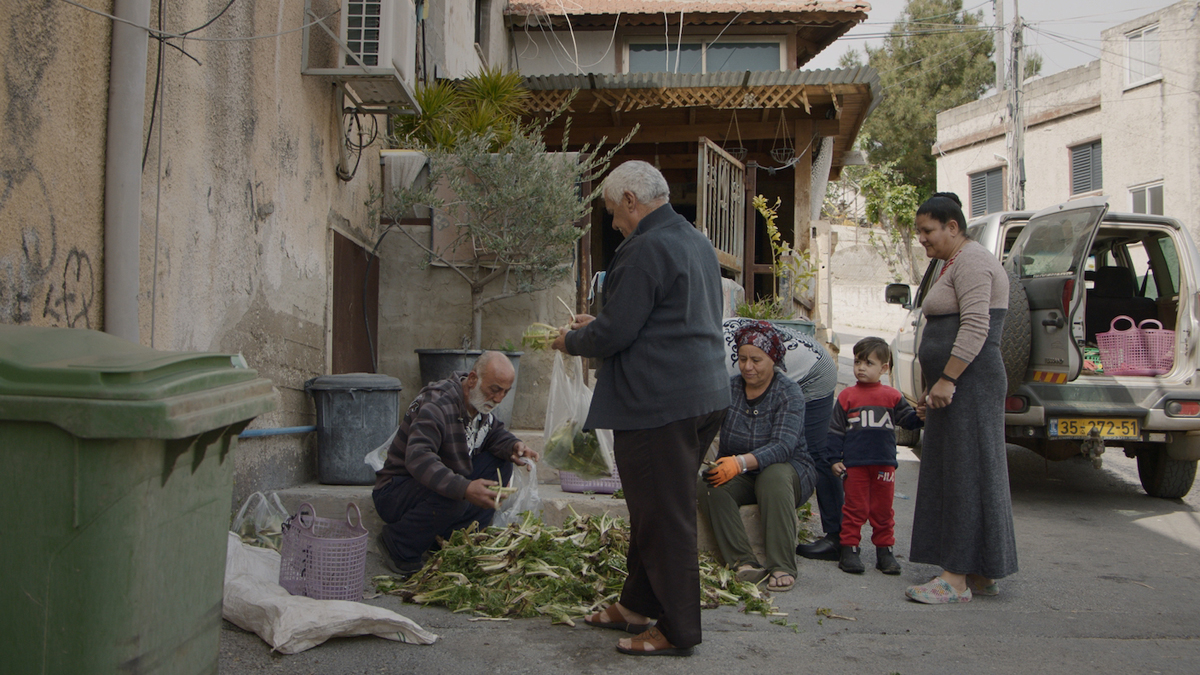
Jumana Manna, Foragers, 2022 (still). HD video, 63 minutes 34 seconds. Courtesy the artist, Brief Histories, and Hollybush Gardens.
Last year, Szremski reviewed Palestinian artist Jumana Manna’s solo exhibition at MoMA PS1, Break, Take, Erase, Tally, which comprised a series of sculptures and two films, Wild Relatives and Foragers, all structured around the same series of tensions between industrial and organic, constriction and mobility, bureaucracy and imagination, frustration and joy. “All these images of resourceful human creativity generate a productive effervescence of spirit, as does witnessing Manna’s own creativity. . . . there’s something about the resulting charisma of [her] objects that primes the brain to open in that way only art can nudge it to. What Manna calls her ‘exercises in imagination’ seem to show, to me, is that there is already so much possibility, here, happening already—I had been so distracted by my own despair I had simply failed to notice.”